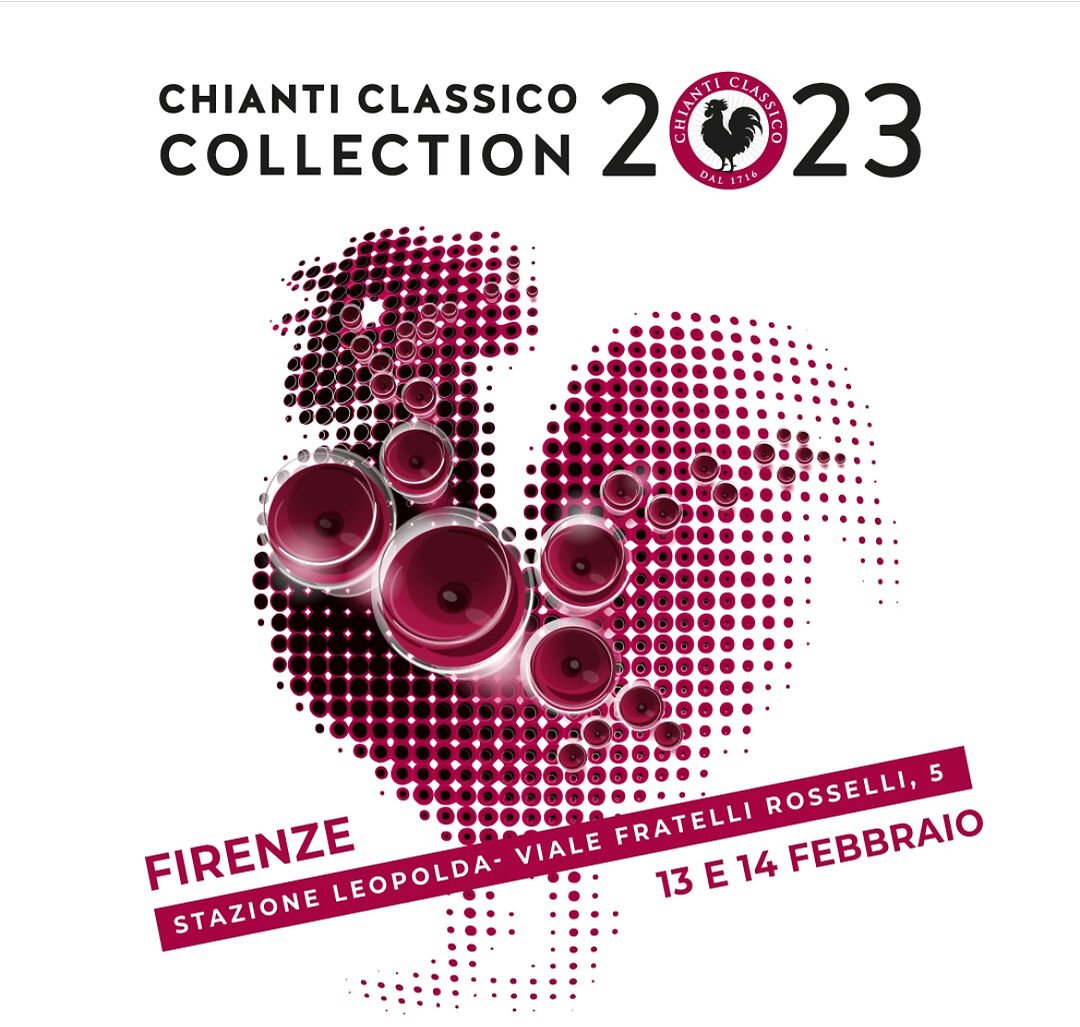
Il Molino di Grace
Panzano in Chianti
From dream vacation to winery
Il Molino di Grace was founded in 1998 by Frank Grace after he and his wife purchased the estate in Volano near Panzano in Chianti in 1995. During a trip to Italy, the two Americans fell in love with the Chianti region. The winery is named after a historic windmill from the 19th century. However, the wine-growing history of the estate goes back over 350 years. Villa Castagnoli, dating back to the year 1,000, the current home, and the associated winery have been modernized and converted to sustainable production. The first wine was launched on the market in 2002.
Chianti Classico with finesse
The winery extends over 60 hectares, of which around 20 hectares are planted with vines. The vineyards are located at altitudes of 280 to 450 meters, which gives the wines a special finesse and elegance. The microclimate at these altitudes ensures constant, natural ventilation of the vines, which contributes to the healthy growth of the grapes. The Chianti Classico from these vineyards embodies the authentic taste of Tuscany and stands for the combination of tradition and innovation.
Sangiovese soul
Il Molino di Grace produces around 150,000 bottles of Chianti Classico, Chianti Classico Riserva, Chianti Classico Gran Selezione and the Super Tuscan "Gratius" every year. The company's philosophy focuses on producing elegant wines that express the terroir and in particular the "soul of Chianti Classico", based on Sangiovese. The wine is carefully matured in wood to achieve the best result. Iacopo Morganti has been responsible for the management of the winery and wine production for several years now. He has brought a new impetus while maintaining the philosophy that has always been practiced. The winery is also advised by the renowned oenologist Franco Bernabei.
Sustainable with energy from the vineyards
Since the founding of Il Molino di Grace, Frank Grace has consistently pursued the goal of establishing a sustainable and biodynamic winery. The vineyards are only plowed gently every three years to a depth of 45 cm in order to maintain the soil structure and promote biodiversity. Only organic fertilizer is used, which supports the fertility of the soil in a natural way. In addition, the prunings from the vines are used innovatively to generate energy, which enables the winery to work in a largely self-sufficient and environmentally friendly manner. The winery has been certified as an organic winery since 2010.
Old craftsmanship and modern technology
The Il Molino di Grace wine cellar combines old world tradition with new world innovation. It is located in an impressive Tuscan stone building that has been cleverly integrated into the hills to ensure a constant temperature in the wine cellar. Strict quality requirements are the basis for the cellar work. All wines are fermented in steel tanks and later mature in traditional large oak barrels or small French barriques, depending on the type.
Sculptures that tell a story
Many of the modern sculptures in Grace's collection evoke myths or legends from past cultures. The four-metre-high sculpture The Grape Bearers by Sylvester Antony is based on a biblical motif and stands in front of the winery next to the old, restored windmill. The artwork made of laser-cut steel and grapes made of bright blue and gold-plated glass was commissioned by the Grace family and represents Il Molino di Grace. A statue of St. Francis - patron saint of animals - stands in the northern part of the garden. The sculpture by the famous Native American sculptor Paul Moore symbolizes the rich wildlife that this beautiful landscape produces.















































For today's podcast episode, I'm visiting the Fattoria e Villa di Rignana winery in Panzano in Chianti and Cosimo Gericke, the owner, is sitting by my side.